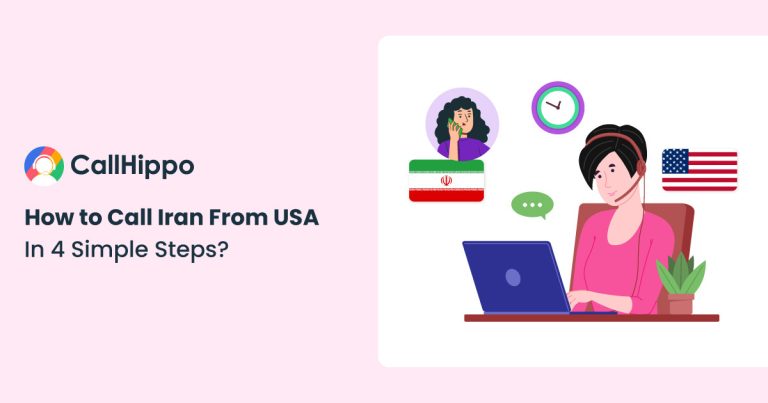
In general, people do not like change, especially if it is considered bothersome to day-to-day processes and does not provide them with any personal benefit. While some organization upgrades may have that negative affect, hosted VoIP does not. When properly implemented and every employee embraces the changes, these technologies offer your clients many business-enablement options and give their staff new freedoms.
VoIP is not just an option to replace landline phones; it is a complete transformation. These voice technologies allow businesses to improve customer service, cut costs, and achieve advanced functionality.
Of course, those benefits don’t just happen without a well-designed implementation plan, and many businesses are hesitant to make infrastructure upgrades and other changes. It takes an experienced MSP to make the transition seamless. End-user success requires certain steps, including:
1. Do Your Research
Every company is different, and every employee utilizes their phone differently. Investigate how your client uses their system as well as the individual needs of workers. How often do employees work outside the office? Does the business have regular remote workers? What devices do they use most often? Is it normal to use personal devices for work purposes? What applications do they use? Do they utilize software that could integrate with a VoIP system? In order to discover the best ways to implement hosted VoIP and effectively train users, it is important to understand your client’s specific needs.
2. Assess the Network
Before implementation, it is extremely vital to ensure reliability as well as Quality of Service (QoS). Customize the VoIP network assessment to anticipate usage, cloud systems, and any applications in use. Upload speed, latency, and jitter are also important metrics to measure and will automatically show you if the network is inadequate. Focus on TCP and UDP network topology to test voice quality and ensure that the network infrastructure will be able to support QoS anywhere VoIP traffic will appear.
3. Integrate Key Business Tools
One of the best advantages of VoIP is the ability to integrate with tools such as CRM, email providers, and web browsers. Unfortunately for many businesses, this can be difficult to set up and manage – that’s where MSPs come in. Based on the business environment and individual use of applications, set up the integrations that are the most essential for your client’s needs. Keep in mind that each individual will likely use different software, which means the training and adoption process may vary from person to person.
4. Provide or Support Employee Training
When starting anything new, employee training is extremely important, especially when it affects day-to-day processes. Be sure to set realistic expectations for the new system so everyone understands what it can and cannot do. There is nothing worse than a client expecting all the bells and whistles and not being able to deliver. Consider training staff individually, as no two people are likely to use the phones and corresponding applications the same way. Also, switch-up the usual training methods by sharing success stories that clients can adapt to their own business and VoIP best practices. Lastly, give them time. It will take some getting used to when familiarizing themselves with the new phone’s functionalities and integrations.
5. Review Support Needs
While we all hope for minimal issues, there is always something bound to come up. No matter what the issue is, staff will want immediate responses, if not immediate action. For this reason, it is important to review the processes for reporting issues or asking for emergency support. To ensure your clients aren’t scrambling in the wake of an issue, clearly communicate how they should contact you and what they can do themselves.
6. Monitor the Adoption Process
Deploying a new communication tool can disrupt employees’ workday and even customer experience. While onboarding may have gone on without a hitch, it is important to monitor and check-in with clients periodically to see if each employee is incorporating the technologies appropriately. If not, it’s important to address each issue one-on-one. Beyond user adoption, closely monitor network performance to ensure the new tech is supported well.
Hosted VoIP is a great solution that can help almost every type of business thrive. However, it can be a daunting project for an organization to accomplish on their own. MSPs can provide huge value to their clients by implementing and supporting a change like this — partner with ConnectMeVoice to offer the best in hosted VoIP to your current and prospective clients.
If you enjoyed this blog, you might also be interested in the blog: Scale Your MSP Business with Cost-Effective Hosted VoIP/UCaaS Services



